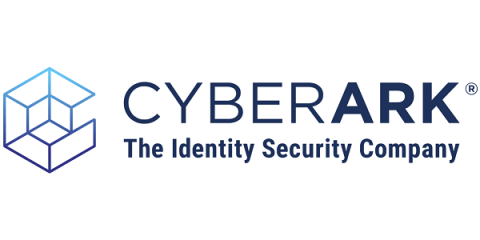Security | Threat Detection | Cyberattacks | DevSecOps | Compliance
Latest News
RegTech for KYC & AML : What are the use cases to improve AML Compliance
The detrimental effects that financial crime may have on businesses and their consumers are nothing new to the fintech sector. When it comes to money laundering, this is especially accurate. Fintechs are attractive targets for money launderers since they only offer digital services, which they believe gives them more anonymity and makes it possible for them to perpetrate crimes undetected.
RSA Conference 2023: Key Takeaways From Our Five Favorite Sessions
RSA 2023 is a wrap, but that doesn’t mean we are finished with the annual event. Sharing information, success stories, and lessons learned lies at the heart of RSA. And after a week of talking to attendees and pundits, giving demos, and gleaning knowledge from a slew of sessions, it’s going to take some time to sort through all the treasure from that trove of knowledge. For starters, here are a few of the more noteworthy sessions we saw at the show.
Validating and Optimizing your Security Service Edge Posture with SafeBreach and Netskope
Enterprise security operations teams find it increasingly difficult to maintain a hardened posture against advanced network and cloud threats. Given the rapid adoption of cloud platforms and software-as-a-service (SaaS) tools, cloud application traffic has overtaken web traffic to dramatically expand the attack surface. As a result, overreliance on traditional security controls can lead to increased blind spots, and control misconfigurations can create significant business risks.
Automate Reporting for Security Awareness Training Events and Suspicious Email Remediation Management with Cortex XSOAR and KnowBe4
Security teams face unique challenges in today’s rapidly-changing landscape of phishing, malware, and other social engineering and cybersecurity threats. Collaboration across disparate teams and siloed tools adds additional layers of complexity to security teams’ day-to-day operations. When security teams use different systems for simulated phishing, security awareness training, incident response and remediation, it is difficult to track and optimize the full lifecycle of an incident.
Phishing Attack Frequency Rises Nearly 50% as Some Sectors Increase by as Much as 576%
New data provides a multi-faceted look at the changing face of phishing attacks. This data includes who’s being targeted, the tactics being used, and why phishing attacks continue to work. If 2022 is any indication of what the remainder of this year will hold for organizations fending off cyber attacks, cybersecurity efforts are going to need a whole lot more emphasis.
Cyber Security Statistics of 2023: Eye Opening Facts
In today’s one-click world, organizations of all sizes should be committed to improving their cyber security posture. Helping them to mitigate the risk of a data breach and protect their critical assets. This means having the right technology, processes, and people to monitor the environment and respond to incidents quickly and effectively. According to a recent IBM analysis, the average cybercrime takes 280 days to detect and contain and costs businesses up to $3.86 million.
What is a cybersecurity report? Why are they necessary?
Waves of change are constantly disrupting companies of all sizes around the world, particularly when it comes to cybersecurity. Digital infrastructure keeps expanding, work models constantly change, and the web between businesses gets more and more intertwined. It’s no surprise that CISOs and risk leaders are evolving. A majority of boards now see cyber risk as business risk, so they’re asking hard questions around risk and exposure.
BSides San Francisco - A Two-Day Community Celebration
Read the highlights from BSidesSF, a community event that brought together speakers, workshops, and villages to help us all learn to be safer.
Assess Insider Threats by Asking 6 Key Questions
The people closest to your business can sometimes cause the most damage. Yet while top-secret data leaks are headline news today, most insider threats are well-intentioned people who just screw up.











